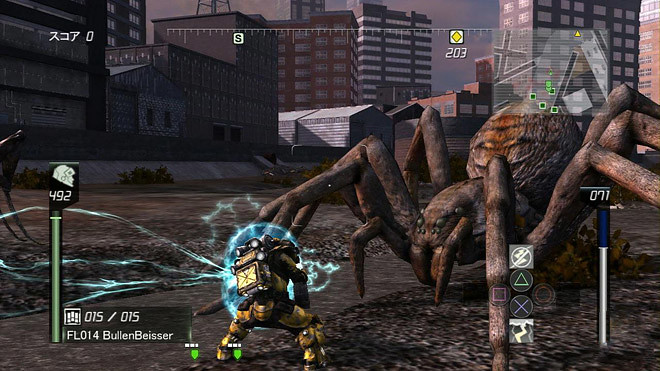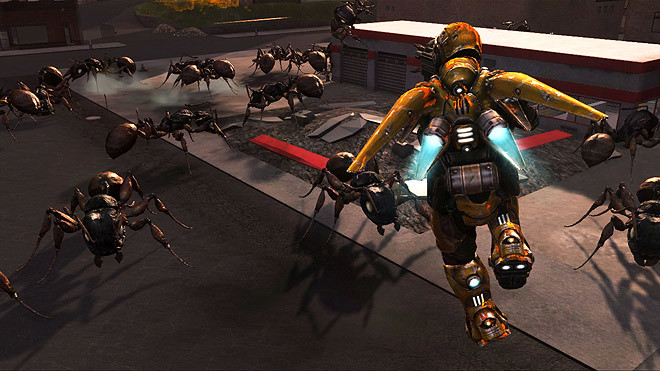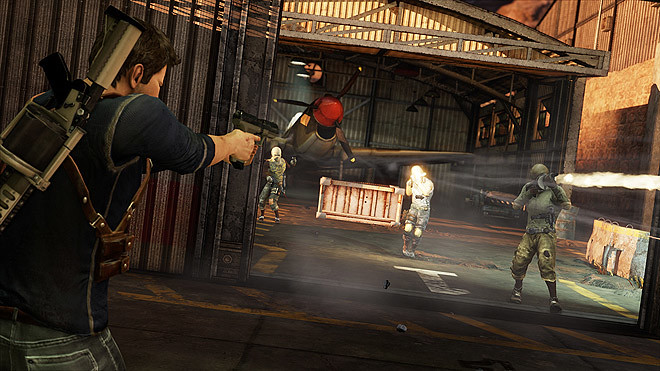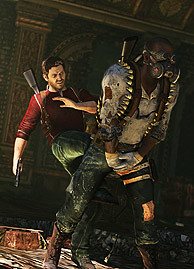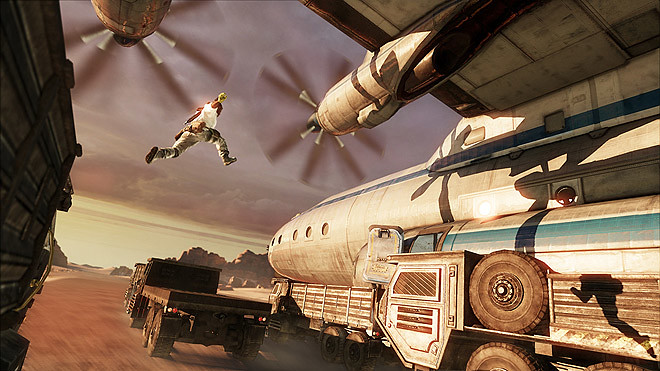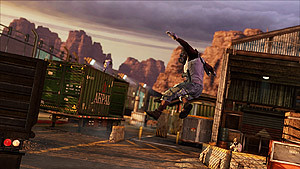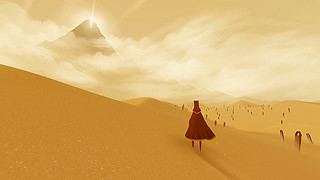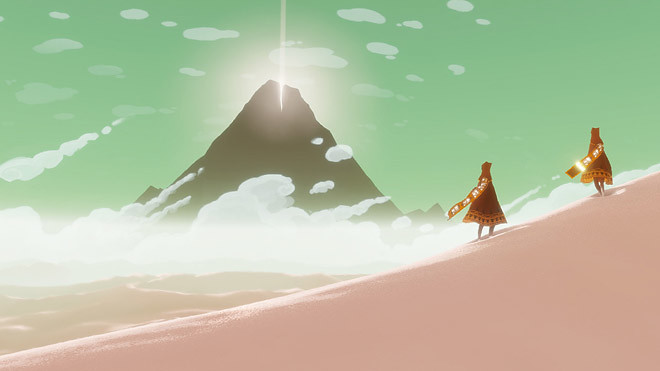
No game is perfect, right? There's always something that could've been done better, regardless of the game you're talking about, even if it's just a minor flaw. Sometimes it comes down to personal taste or play style, but you can almost always say, "Yeah, that part of the game wasn't so great."
A prime example is the first inFAMOUS. I absolutely loved it. I've played through it at least three times, gotten every trophy, and came stupidly close to buying a second copy once it became downloadable on PlayStation Network. You know. In case I ever want to play it and don't have the disc with me. Yeah.
But you know what? Parts of inFAMOUS were just not very good. I wrote pretty extensively on its flaws back in 2009. The characters were unlikable, the moral choices were clumsy, and the game in general was a little buggy. And yet I still opened my review with, "inFAMOUS is a game that does so many things right that the things it does wrong cease to matter." I stand by that statement now just as much as I did when I wrote it. That game was fun.
That said, I expected inFAMOUS 2 to be bad. Really bad, actually. Why?
Well, every time Sucker Punch announced something new about it, like Cole's revised character design, his replacement voice actor, the inclusion of zombies with giant lobster claws for arms as enemies, or how the two latest women in Cole's life — Nix and Kuo — would represent the new moral choice system, I got the distinct impression that they were systematically trying to ruin their own franchise. One of my most anticipated sequels ever had turned into one of my most dreaded.
So you might be surprised when I tell you that inFAMOUS 2 is one of the most perfect games I have ever played.
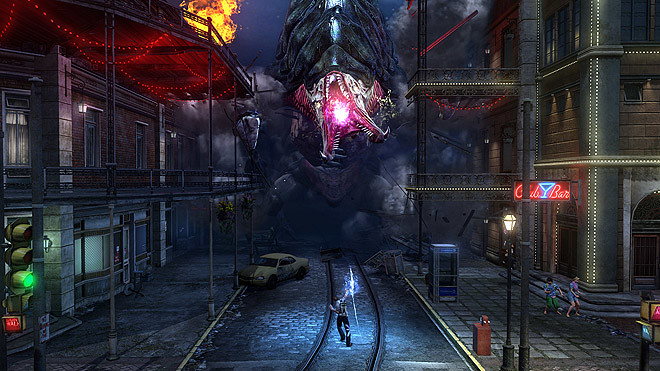
Here's what I think happened: After inFAMOUS, Sucker Punch sat down and listed every single thing that they didn't like about that game and every single thing that fans didn't like, dead set on fixing every last complaint. Their gruff protagonist Cole turned out to be more polarizing than they had anticipated, so they overreacted, throwing out his original design and starting from scratch. They designed a trendier Cole, one created solely to be more likable. Ironically, all that accomplished was angering the fans who liked Cole in the first game (or at least didn't mind him) and forced Sucker Punch to publicly eat crow when they finally changed him back.
The result, however, was totally worth it. inFAMOUS 2 is exactly, and I mean exactly, what I wanted out of a sequel to the first game. It opens with more than just a bang; the stellar intro wastes no time, practically reaching through the screen to punch you in the teeth. You see, like Cole, now a seasoned hero/villain, Sucker Punch returns beyond confident. inFAMOUS 2 swaggers through its explosive opening, Round 1 of the match fans have waited two years to play: Cole MacGrath vs. "The Beast."
And just like that, in no more than 10 minutes, they've got you hooked.
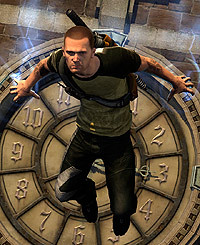
What follows is an intensely charged race to juice up Cole's powers before the Beast can catch up to him, something inFAMOUS 2 never lets you forget. It periodically reminds you precisely how many miles away the Beast is and how many more "Blast Cores" our boy needs to absorb before he's ready to dance with the Devil again. The pause screen is especially effective, happily volunteering a map of the East Coast and just how much of it the Beast has already obliterated on his trip down to New Marais to say hi. Especially later in the game as the gap closes and you really start to wonder whether or not Cole can power up in time, this framing device proves sheer brilliance.
Every time the game reminded me how far away the Beast was, I could practically feel the guys at Sucker Punch grinning. They knew they had me, and they just wanted to make sure I knew it, too. Yeah, Sucker Punch, I knew. Go ahead and grin. You earned it.
They earned it by taking a witheringly hard look at the first game and recognizing not just what needed to be changed, but what needed to stay the same. At first, playing as Cole feels familiar but fun, as pleasantly surprising as driving your first car again for the first time in years and realizing it's still as nimble as ever. By the end of that game, though, Cole is capable of things you wouldn't believe.
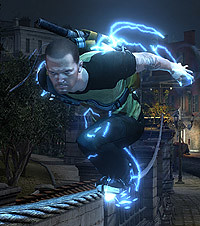
That's what makes inFAMOUS 2 — and its predecessor — so special. Playing as Cole is pure, even refreshing. He's not bound by realism the way so many modern video game characters are. There's a rhythm to controlling him, that sought-after quality that makes the controller melt away and lets you really inhabit the character. It's why it's just as satisfying to keep Cole skating along the power lines above rooftops without falling as it is to to launch an electrically charged tornado at a helicopter.
Something that defined my time with the first inFAMOUS was that "just one more" feeling. You know the one. "Just one more mission." "Just one more collectable." I was constantly making deals with myself; deals that were always broken. I felt like an addict, and loved it. inFAMOUS 2 made me relapse, hard. Even after I collected every last "Blast Shard" in the city, I was still clicking in the left stick to search for more. It was a habit I simply couldn't shake, and a testament to how exceptional the game really is.
And also like the first game, right after I finished my first playthrough as a hero, I immediately restarted to play again as a villain. It was a truly cathartic experience to finally unleash after exercising such unyielding restraint for so long. Don't mistake that as an admission that playing the boy scout is boring, though. The inFAMOUS games encourage roleplaying in a way few can, managing to reward you for staying in character and punish you for straying without being overly judgmental or at the cost of having a good time. Switching sides is fun, but staying within the boundaries of your chosen role can be even more so.
But "no game is perfect, right?" Right.
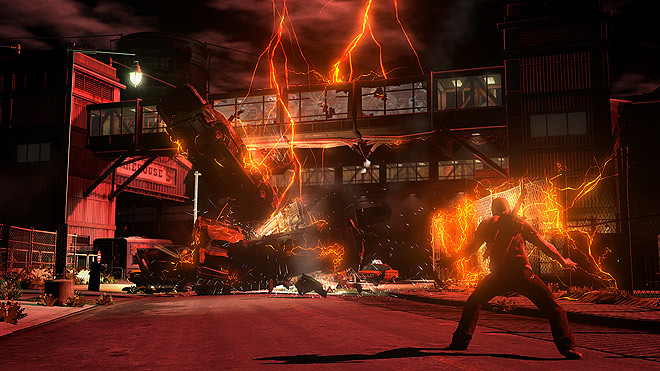
Regarding the first inFAMOUS, I wrote that "playing as evil was a breath of fresh air. But not as much as I thought it would be." Well, for as far as they've come, Sucker Punch still struggles to make playing as evil a compelling, or even coherent, experience. Cole indecisively paces through cutscenes like a dog being called by two different masters at once, and the narrative suffers for it. I understand Sucker Punch's desire to wrack the player's conscience with two equally weighty decisions, but their current system doesn't allow for it. The game's need to label your actions as "good" or "evil," with no logical reason to deviate from your current path, cripples the potential emotional weight of any choice they could throw at you. Not that they even bother trying to present you with anything as beautifully agonizing as choosing whether to save your girlfriend or a team of doctors like they did in the first game, though.
That said, the evil path is still infinitely more affecting here than it was in inFAMOUS, largely thanks to the powerful ending that only works because of Sucker Punch's newfound ability to make characters actually worth caring about. It also helps that its conclusion is wildly different than the good path's, something inFAMOUS didn't even attempt.
inFAMOUS 2 is one of the finest games I've played in years. It's the kind of sequel that's so extraordinary, it makes you see flaws in the original that you didn't even know were there. It's the kind of game that reminds you why you play games in the first place. You'd be a fool not to play it.
it makes you see flaws in the original that you didn't even know were there. It's the kind of game that reminds you why you play games in the first place. You'd be a fool not to play it.
inFAMOUS 2 / $59.99 / PS3
 Tweet
Tweet 


